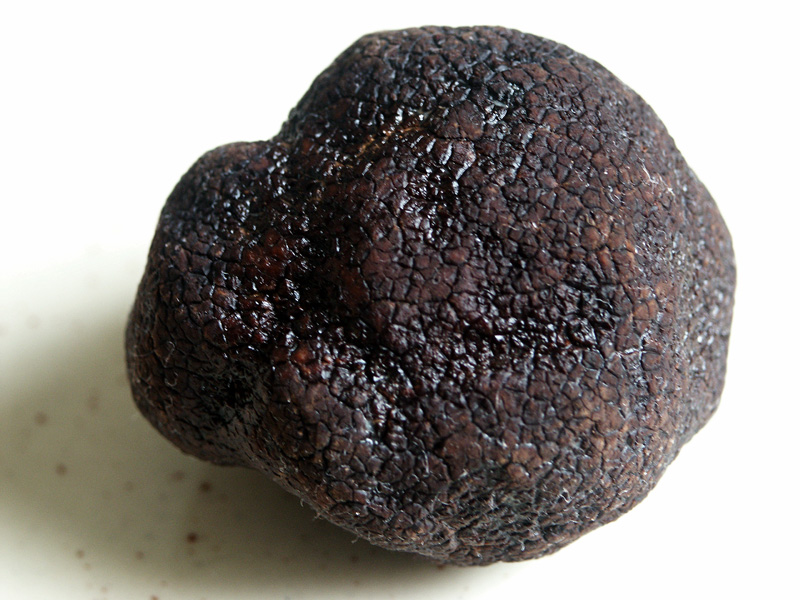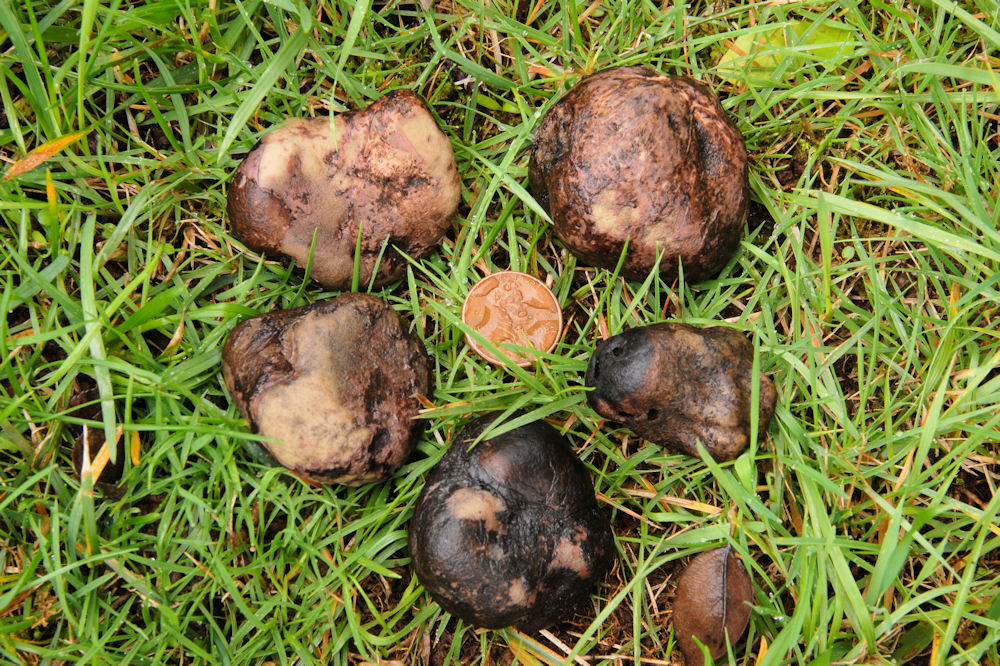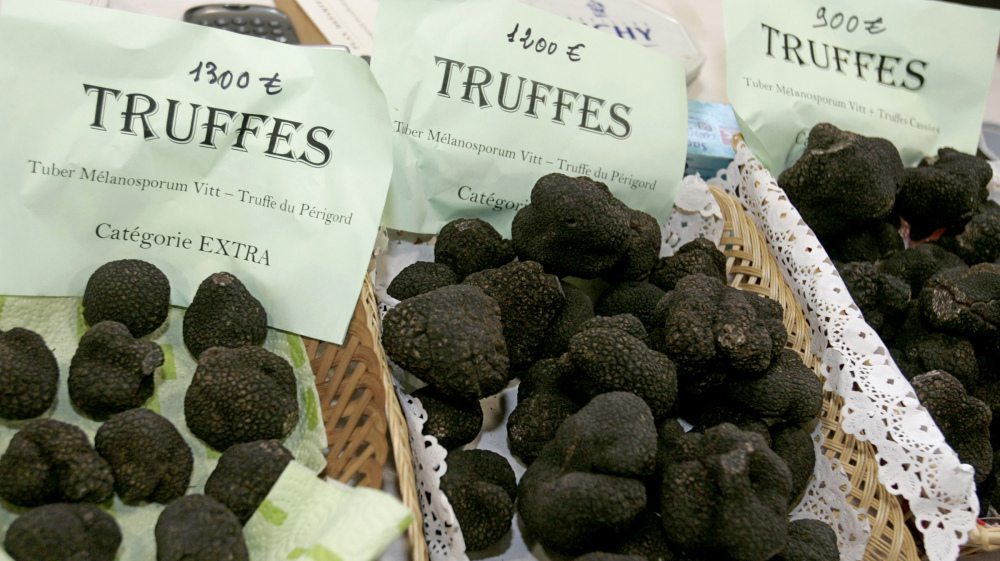In a famous children’s book Albion Pig, the main character had quite a fondness for truffles. And if you’ve ever tasted one, you’ll know exactly why. Although they look like chocolate candy, they’re a completely different thing and you probably won’t be able to stop eating em if you’ve got em close at hand.
And on that note, if you think you might have a control problem, I jokingly suggest you leave this page now as the info I’m about to share with you will let you know what it takes to plant and grow truffles on your very own property here in the U.S. Note that this is not the sort of thing you can grow in your backyard – you need quite literally acres of land to dedicate to trees.
This is not the sort of thing that can be crammed into one of my 10-step guides; this piece will simply provide you with some resources and information regarding truffles that can get you set on the right path.
What are truffles?

Firstly, what are truffles actually? Although they do come in the chocolate variety, truffles are also a type of fungus – or mushroom. They are equally rich and delightful tasting but are much more savory.
There are quite literally hundreds of truffle varieties out there, with the edible species being prized as culinary delicacies. They are frequently used in Middle Eastern, French, Spanish, Italian and Greek cooking.
Truffles can be found growing wild in forests in Europe, North Africa and the Middle East.
They are also quite expensive – European white truffles can cost upwards of $3,500 per pound, making them one of the most expensive foods in the world ounce for ounce.
But you can actually grow your very own truffles right here in America – read on to learn more.
Growing Truffles…

Truffles grow through a symbiotic relationship with tree roots, specifically certain types of oak and filbert. A symbiotic relationship occurs when plants give and take benefits from each other, meaning that you don’t have to worry about truffles invading or damaging your trees.
The most labor is involved in preparing the plantation site. You’ve got to remove all trees, stumps and roots from previous truffle growth and have your soil tested. Truffles require a soil pH of 8 to 8.3.
Once your soil meets those requirements, you’ll have to look after irrigation. Oak or filbert trees need about one inch of water a week to do well. You’ll need to plant one or two acres of trees to get a good amount of truffles – be sure that you’ve got the means to irrigate these properly as, if you can’t, you’ll likely abandon your project as soon as it becomes a burden.
Next, you’ll need to choose from one of the many varieties available.
If you’re interested in selling your truffles, you’ll also want to consider the temperature of your region. Freezing temperatures that fall too far below 20 degrees will damage your truffles and make them less valuable.
If your property has a lot of mature and native hardwoods, truffle experts recommend that you leave a 30-40 foot buffer between the region that those trees are contained in and your planting.
But wait – if this is all so easy, why aren’t more people growing truffles and making thousands of dollars from their efforts?
Well, here’s a bit of a cincher – it’ll take about six to eight years to earn a decent, marketable harvest. By this point, most people give up as the maintenance required is still high. It’s estimated that 50% of truffle orchards are abandoned.
The financial investment is also quite high, costing about $25,000 per acre.
But if you can make it to harvest, you’ll have no problem selling your truffles as the market is quite hot. The price is roughly $800 a pound for independent farmers.
Take a look at this site for even more information on truffle farming. Have a look here for information on a few more niche farming markets (via RealFarmacy).
If you like this idea, be sure to share it with your friends and inspire someone you know. Anything becomes possible with just a little inspiration…

